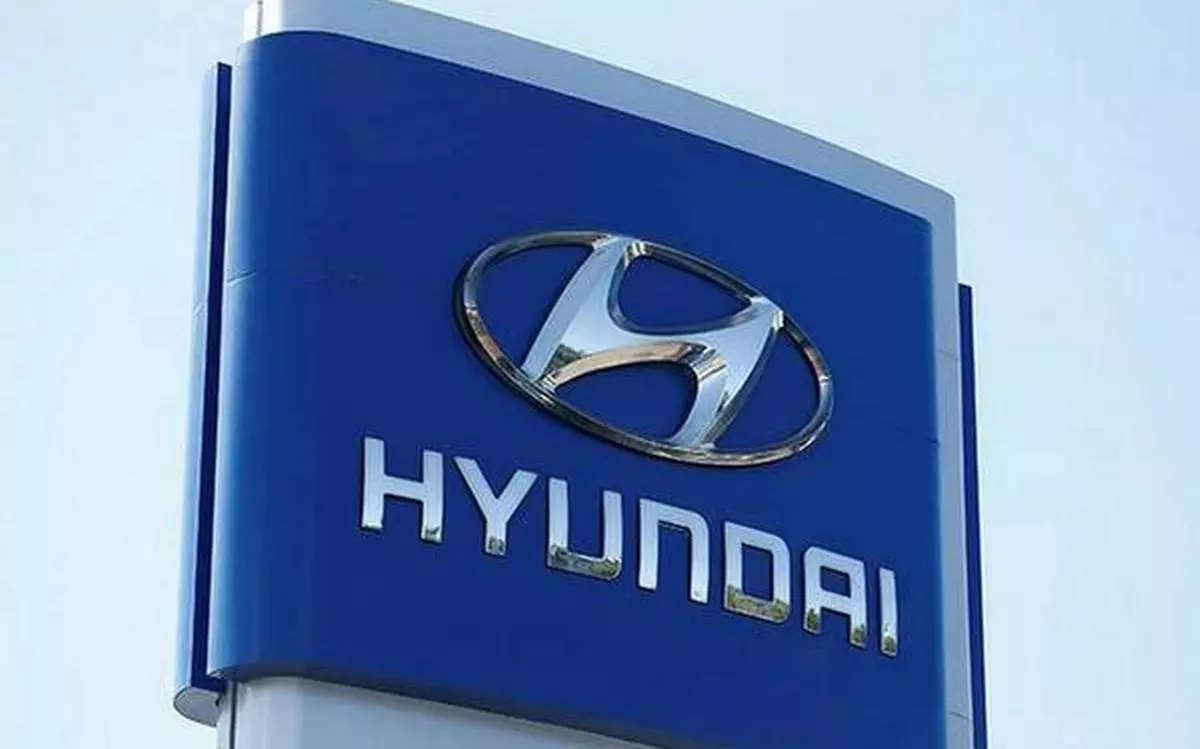
- Home
- India
- World
- Premium
- THE FEDERAL SPECIAL
- Analysis
- States
- Perspective
- Videos
- Sports
- Education
- Entertainment
- Elections
- Features
- Health
- Business
- Series
- In memoriam: Sheikh Mujibur Rahman
- Bishnoi's Men
- NEET TANGLE
- Economy Series
- Earth Day
- Kashmir’s Frozen Turbulence
- India@75
- The legend of Ramjanmabhoomi
- Liberalisation@30
- How to tame a dragon
- Celebrating biodiversity
- Farm Matters
- 50 days of solitude
- Bringing Migrants Home
- Budget 2020
- Jharkhand Votes
- The Federal Investigates
- The Federal Impact
- Vanishing Sand
- Gandhi @ 150
- Andhra Today
- Field report
- Operation Gulmarg
- Pandemic @1 Mn in India
- The Federal Year-End
- The Zero Year
- Science
- Brand studio
- Newsletter
- Elections 2024
- Events
- Home
- IndiaIndia
- World
- Analysis
- StatesStates
- PerspectivePerspective
- VideosVideos
- Sports
- Education
- Entertainment
- ElectionsElections
- Features
- Health
- BusinessBusiness
- Premium
- Loading...
Premium - Events

Hyundai IPO, which raised Rs 27,860 crore on the strength of institutional investors, despite being called overpriced is a greater success than the ones that made a splash through oversubscription
The Hyundai Motor India Ltd shares have listed below their issue price and have fallen further on the first day of trading. Does this mean that the issue was mispriced or that it failed? On the contrary, the issue must be deemed a fair success. It should inspire more multinational companies to raise capital in India, listing their Indian subsidiaries. Indian investors would have a broader supply of quality shares to invest in, instead of ratcheting up the prices of the ones on offer, and the stock market ecosystem would get a boost.
Largest public issue
The Hyundai Motor India Ltd (HMIL) public issue has been India’s largest, raising Rs 27,860 crore, nearly a third higher than the second largest IPO on Indian bourses, the one by Life Insurance Corporation of India, which raised Rs 21,000 crore. The HMIL issue price was Rs 1,960 a share, which seemed to daunt many retail investors, who picked up only 50 per cent of the shares allocated for them. The issue sailed through on the strength of large institutional investors. The overall demand for the shares on offer was just a little over double what was offered. Many smaller issues had been oversubscribed several times over.
Does this mean that the merchant banks that oversaw the issue got the pricing wrong? Absolutely not. Rather, it means that while the issues that were oversubscribed were badly underpriced, the extent of underpricing was relatively small for Hyundai.
How to define the right price?
The purpose of a public issue is to raise capital from new investors, while also offering existing investors an opportunity to exit their investment, when the issue offers existing shares held by incumbent shareholders, rather than, or in addition to, fresh shares that raise capital for the company. In the HMIL issue, the Korean parent sold a chunk of its holding in the Indian subsidiary. The proceeds go to Korea, rather than to expand the operations of the Indian subsidiary.
What is the right price for a public issue? In a normal market, when the price of a good elicits enough demand to exhaust the existing supply, that is the right price. The presumption is that the buyer knows what he or she is buying, and is not paying too much, so as to trigger additional supplies, nor paying too little so as to leave unsold inventory. The market clearing price is considered the right price.
When you buy the shares of a company, you are buying into its future, to lay a right to its future income streams, and a sliver of the right to control the company. The future, as many have noted, is difficult to predict. Few astrologers make fortunes punting on stocks. Neither the investor nor the company really knows what is going to happen. Some technological change might make the company’s product line obsolete, or a new competitor might emerge, whose costs are so much lower that rivals cannot survive in the market, even if the product itself survives.
Was the issue overpriced?
If we rule out such extremes, it would be reasonable to expect the company’s valuation to be comparable to that of other companies in the sector. A yardstick of comparison is what multiple of its earnings is the value of a company’s stock. The ratio of the price of a share to the earnings per share, called the price-to-earnings (PE) ratio, is a good indicator. If the company’s prospects appear better than those of the average company in the sector, its PE ratio would be higher than the sector average.
For the automobile sector, the PE ratio is in the mid-twenties. The Hyundai offering has been priced to keep its PE ratio in the mid-twenties. The pricing would seem to be fair, from that angle. But the fact remains that the price was high enough to rule out serious oversubscription, found in the case of a whole lot of IPOs. Does this not indicate that the issue was overpriced?
If you price an IPO too low, in relation to the demand, you would make a huge success of the issue, in terms of finding buyers for the shares on offer. But is that really a mark of success? When a share offering is oversubscribed, it means that the market was willing to buy up shares at a higher price than the one set by the merchant bank advising the issue.
Share issue price must be high
It is not in the company’s interest to sell its shares at a price lower than what investors are willing to pay for them. Suppose you need to raise Rs 1,000 crore. Suppose you raise that capital selling five crore shares at Rs 200 each. Compare that with raising the same amount of capital, selling 10 crore shares at Rs 100 each. Regardless of the number of shares and shareholders, the return generated on the capital of Rs 1,000 crore would be the same. The greater the number of shares and shareholders, the greater the dilution of corporate control, and the lower the earnings per share.
No company management wants to dilute control or erode earnings per share more than what is absolutely necessary. That means the share issue price should be as high as possible. In otherwise, the ideal issue price is one that achieves 100 per cent subscription of the shares on offer, with zero degree of over-subscription or under-subscription.
Merchant banks tell companies cock and bull stories about the need to leave something on the table for the investor who wants to flip the share -- that is, sell the shares bought in an IPO soon after it is listed -- to realise the listing gain. Companies need to care not about such flippant investors, but about those who invest in companies to secure dividends and capital gains over time.
From the perspective of efficient raising of capital for the issuer, the Hyundai IPO has been a greater success than the ones that have made a splash by being oversubscribed many times over.
(The Federal seeks to present views and opinions from all sides of the spectrum. The information, ideas or opinions in the articles are of the author and do not necessarily reflect the views of The Federal)


